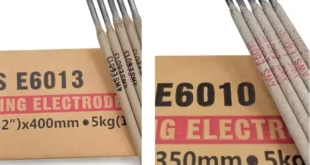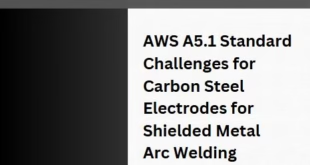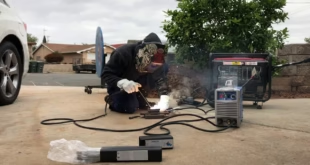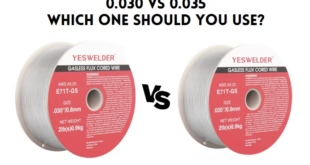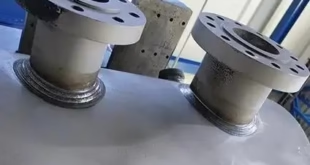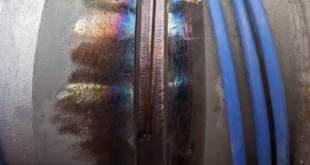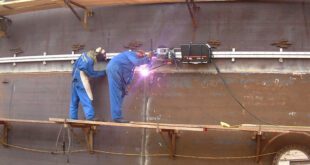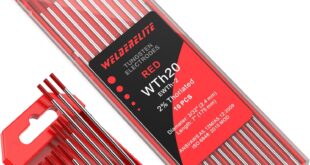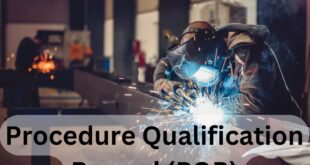Rutile vs Cellulose Coated Electrodes: When to Use Each When it comes to welding, the type of electrode you choose can make or break your project. Among the various types available, rutile and cellulose-coated electrodes are two of the most commonly used. But what’s the difference? And when should you …
Read More »AWS A5.1 Standard Challenges
AWS A5.1 Standard Challenges When it comes to welding, standards are the backbone of quality and safety. One such critical standard is the AWS A5.1, which governs the specifications for carbon steel electrodes used in shielded metal arc welding (SMAW). But what exactly is this standard, and why is it so …
Read More »Running a Welder on a Generator
Running a Welder on a Generator Running a welder on a generator can be a game-changer for welders working in remote locations or those who need a portable power source. However, choosing the right generator and understanding how to match it with your welder’s requirements is crucial for safety and …
Read More »0.030 vs 0.035 Flux Core Wire
Flux Core Wire 0.030 vs 0.035 – Which One You Should You Choose? Choosing the right flux core wire size might seem like a minor detail, but it can have a big impact on your welding projects. Whether you’re a beginner or an experienced welder, understanding the differences between 0.030 …
Read More »Root Pass vs Hot Pass vs Capping
Root Pass vs Hot Pass vs Capping: A Complete Guide Introduction Welding is an art and a science. When it comes to multi-pass welding, the terms “root pass,” “hot pass,” and “capping” often come up. But what do they mean, and why are they so important? Understanding the roles and …
Read More »Pressure Vessel Nozzle Welding
Pressure Vessel Nozzle Welding Pressure vessel nozzle welding plays a crucial role in industries ranging from oil and gas to chemical processing. These nozzles serve as essential components, allowing the safe passage of fluids, gases, or vapors in and out of the pressure vessel. Given the high-pressure environments they operate …
Read More »What is Narrow Gap Welding?
What is Narrow Gap Welding? Definition and Overview: Narrow gap welding (NGW) is a specialized technique tailored for welding thick materials by minimizing the width of the groove between the joint surfaces. This process significantly reduces the amount of filler material required and enhances efficiency. By creating a narrow groove, …
Read More »Welding Oil Storage Tanks
Welding Oil Storage Tanks Oil storage tanks are a critical part of industries like petrochemicals, energy, and transportation. They store vast quantities of oil, ensuring uninterrupted supply and operational efficiency. However, constructing and maintaining these tanks isn’t a simple task. Welding plays a pivotal role in their assembly and upkeep, …
Read More »Thoriated Tungsten Electrodes
Thoriated Tungsten Electrodes: Why They’re Dangerous Yet Still Used Understanding Thoriated Tungsten Electrodes Thoriated Tungsten Electrodes are a type of electrode commonly used in Gas Tungsten Arc Welding (GTAW), also known as TIG welding. These electrodes are made by adding thorium oxide (ThO₂) to tungsten, typically in a 1-2% concentration. …
Read More »Procedure Qualification Records (PQR)
Understanding the Basics of Procedure Qualification Records (PQR) A Procedure Qualification Record (PQR) is essentially the documented result of a welding procedure test. It records the welding parameters and the subsequent mechanical test results. The purpose of the PQR is to verify that a particular welding procedure will produce welds of …
Read More »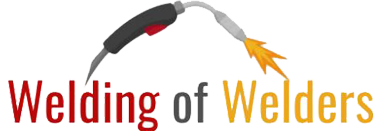 Welding of Welders All about Welding and Welders
Welding of Welders All about Welding and Welders
